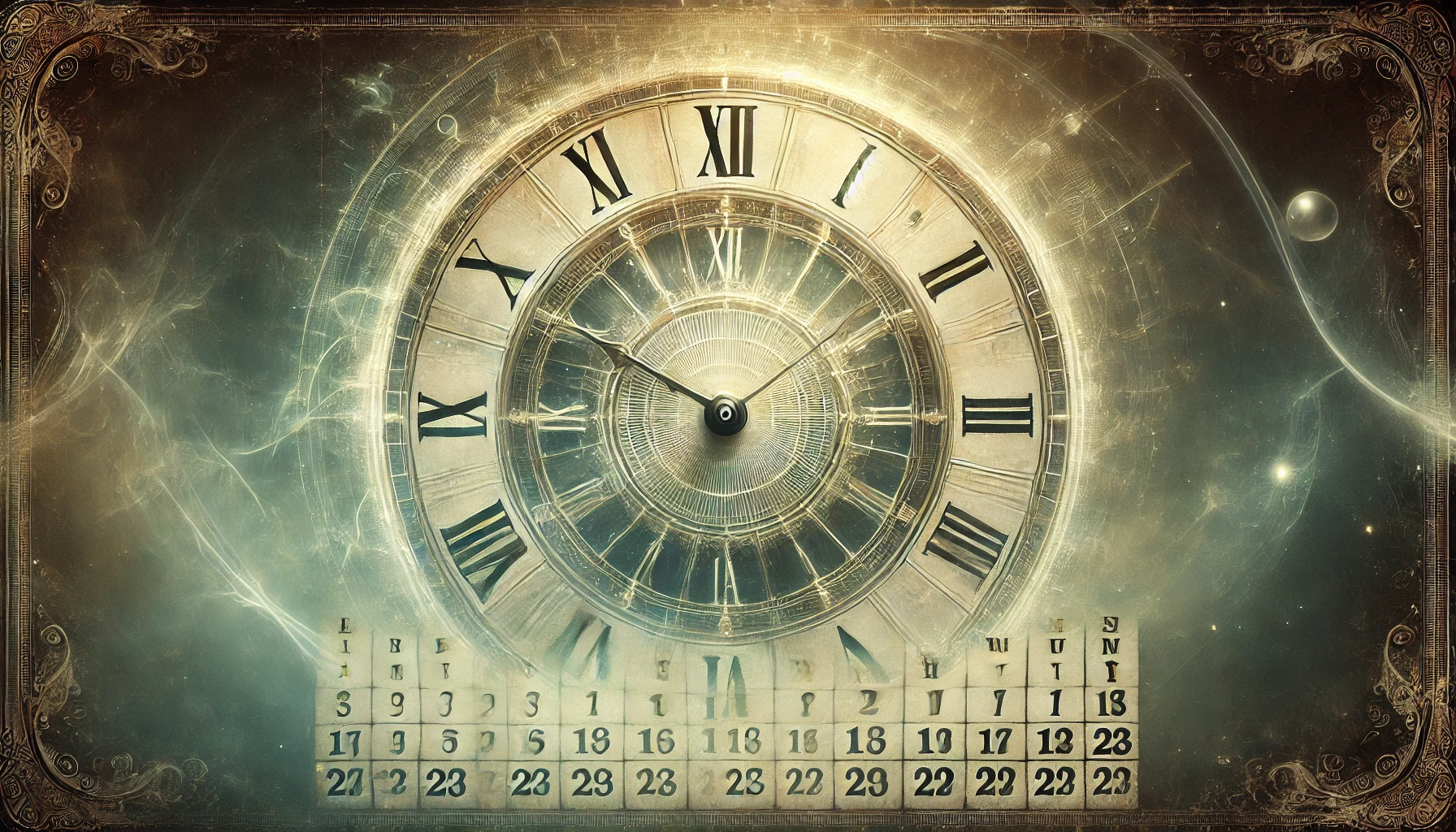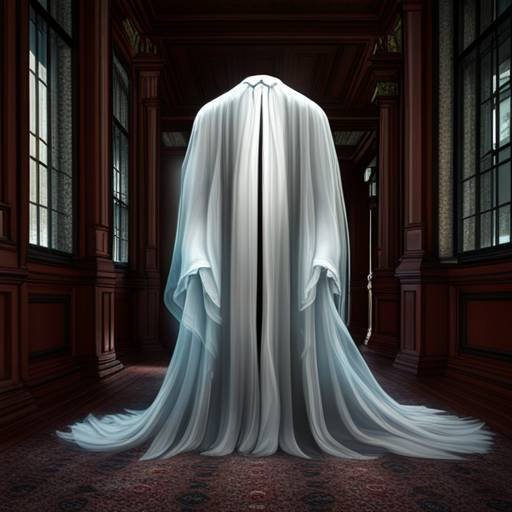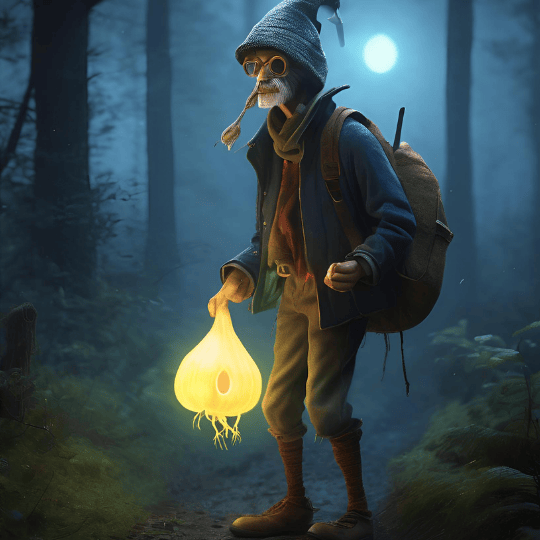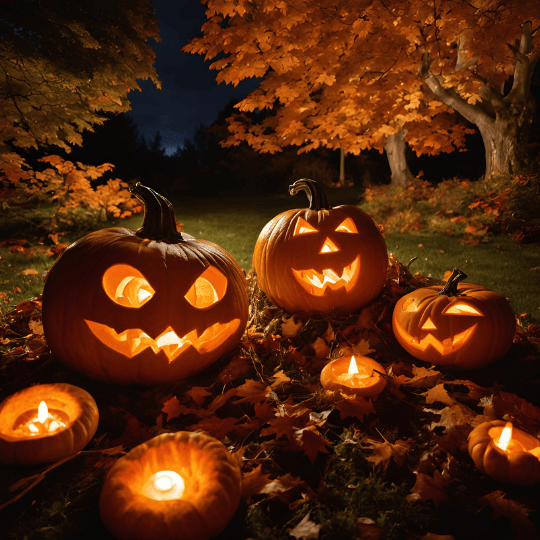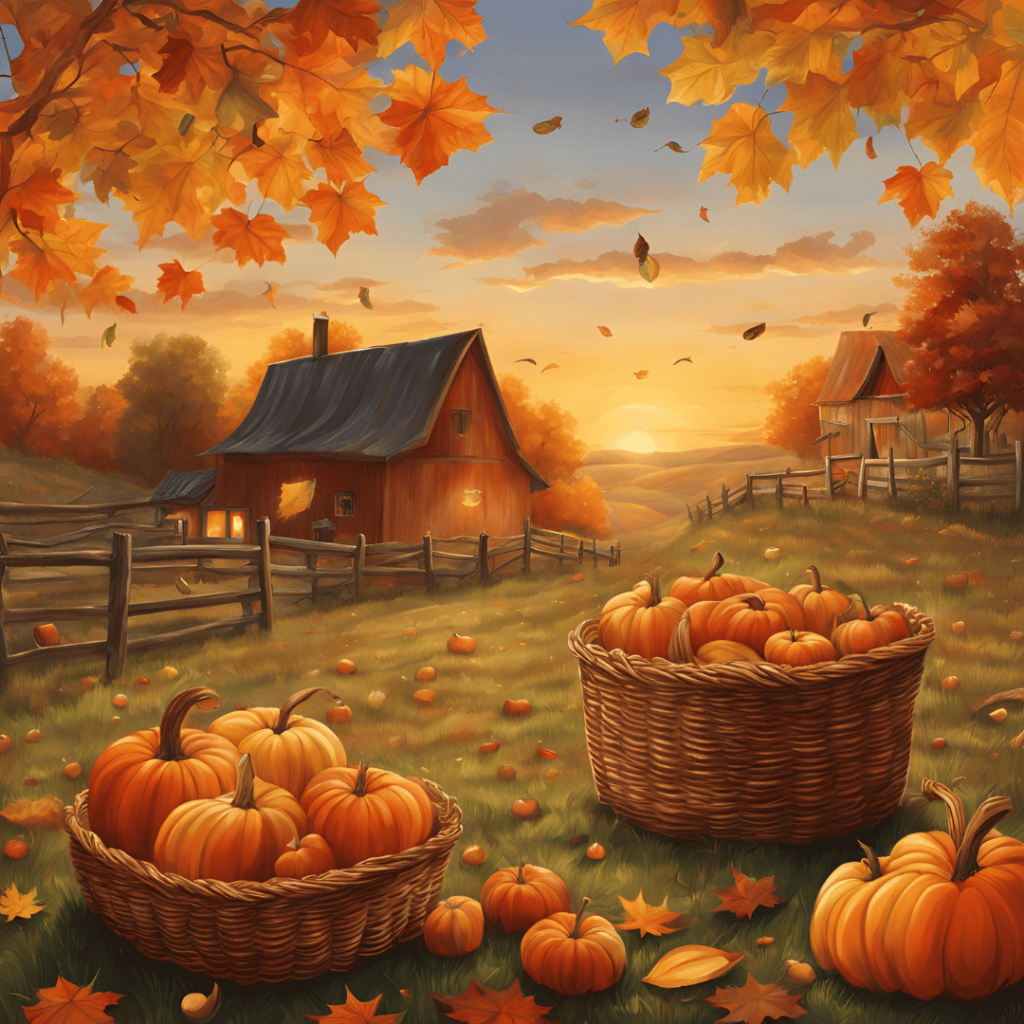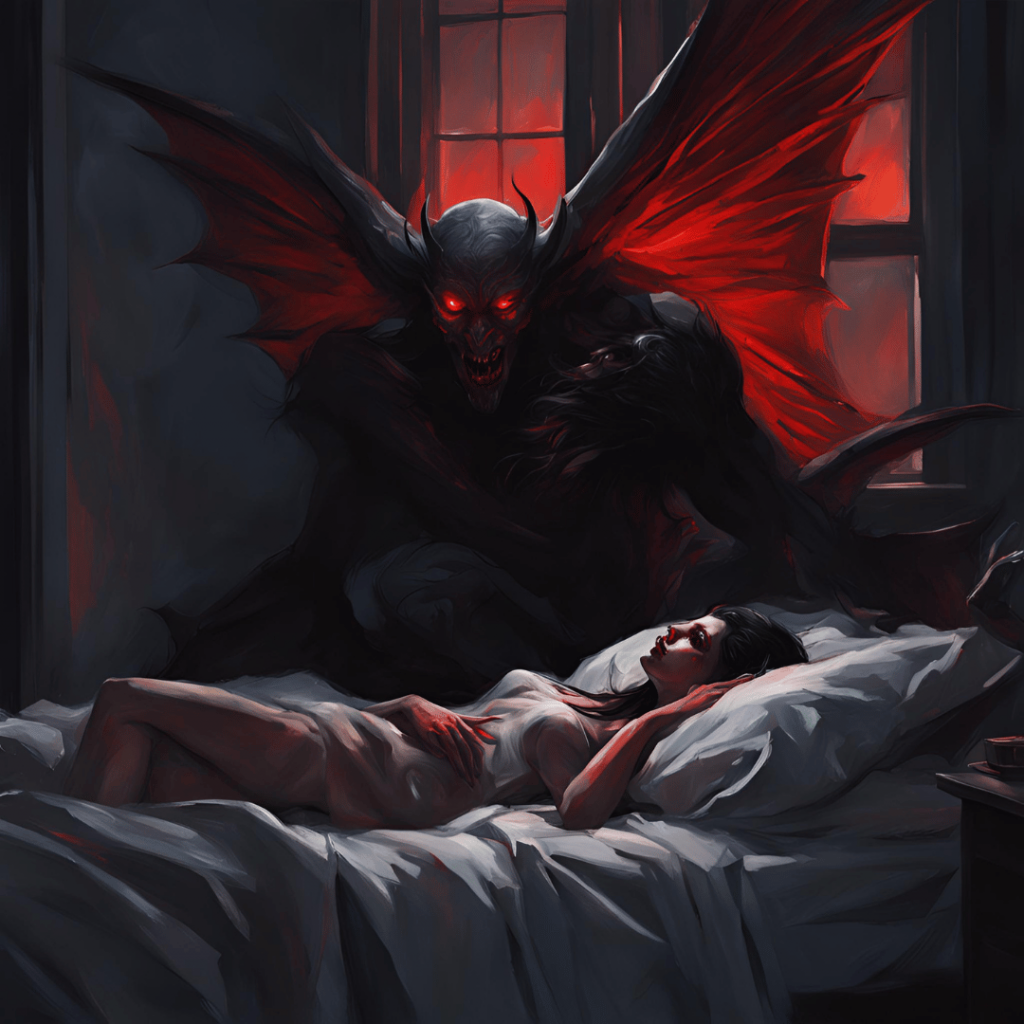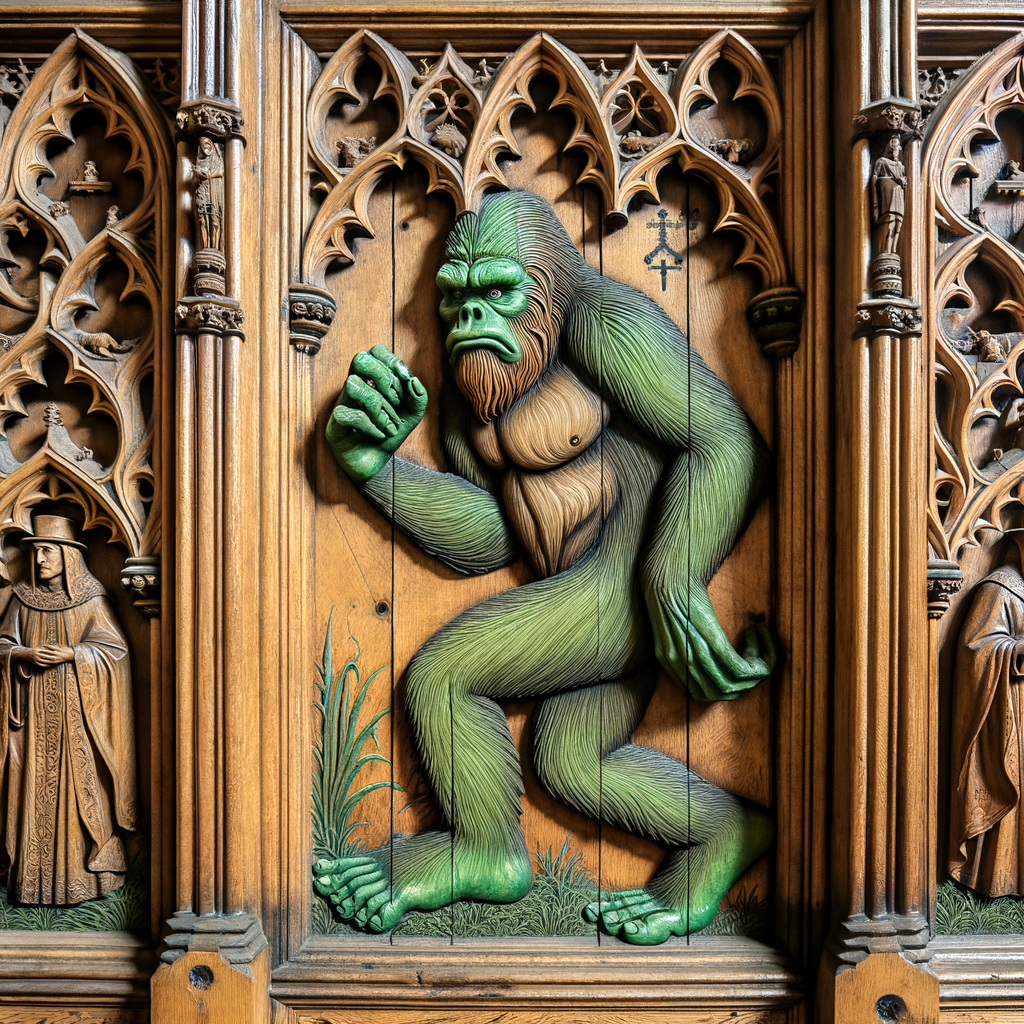
Anniversary hauntings have intrigued paranormal enthusiasts and researchers for years. These ghostly phenomena are said to occur on specific dates annually, often aligning with significant historical events. However, an intriguing question emerges when we consider the sweeping calendar changes that occurred in the 18th century. This article delves into how these calendar changes might affect reports of anniversary hauntings, with a focus on the United Kingdom.
Exploring the Temporal Paradox
The phrase “temporal paradox” in this context refers to a contradiction or puzzle related to time. In the realm of anniversary hauntings, it describes the conflict between two ideas:
- The belief that ghostly phenomena happen on fixed calendar dates each year.
- The historical reality that our calendar system underwent a major shift in 1752.
This paradox arises because if ghosts are linked to specific calendar dates, logically, they should have shifted by 11 days after the calendar change. Yet, reports of these hauntings don’t seem to reflect any change in dates. This inconsistency prompts us to rethink how paranormal phenomena might relate to human timekeeping systems and raises questions about whether ghosts adhere to our calendar or follow a different system entirely.
As we explore this paradox, we’ll consider its implications for our understanding of anniversary hauntings and the broader nature of paranormal phenomena.
The Great Calendar Shift
In 1752, the United Kingdom and its colonies transitioned to the Gregorian calendar, replacing the previously used Julian calendar. This shift led to a jump from 2 September directly to 14 September, effectively “losing” 11 days. While this change was necessary for astronomical accuracy, it presents a curious issue for the concept of anniversary hauntings.
Notably, the change wasn’t simultaneous across Europe. It began in 1582 when Pope Gregory XIII introduced the Gregorian calendar, with various countries adopting it over the next two centuries. This staggered implementation adds another layer of complexity when considering hauntings that predate 1752.
Notable Pre-1752 Anniversary Hauntings
Several well-known anniversary hauntings in the UK allegedly originated before the calendar change. Let’s examine these in chronological order:
- Anne Boleyn at the Tower of London (19 May 1536): The ghost of Anne Boleyn, Henry VIII’s second wife, is said to appear around the anniversary of her execution. Witnesses have reported seeing her ghostly figure wandering the Tower’s grounds, sometimes carrying her severed head.
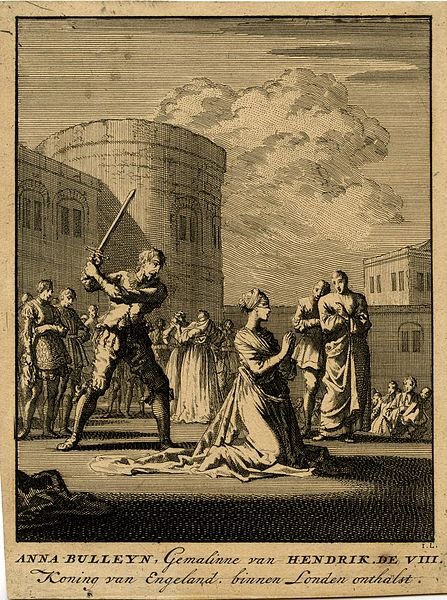
- Catherine Howard at Hampton Court Palace (13 February 1542): Catherine Howard, Henry VIII’s fifth wife, is believed to re-enact her desperate plea to the king on the anniversary of her arrest. Visitors have reported hearing screams and seeing a white figure running through what is now known as the Haunted Gallery.
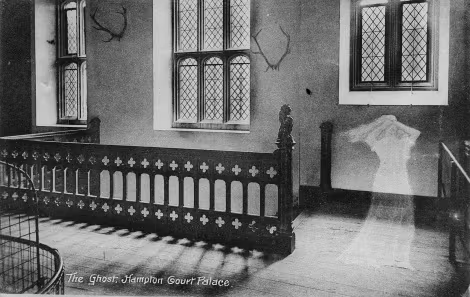
- Naseby Battlefield, Northamptonshire (14 June 1645): The site of a decisive English Civil War battle is said to be haunted by phantom soldiers who re-enact the conflict. Witnesses have described hearing the sounds of battle, including cannon fire and the clash of swords.
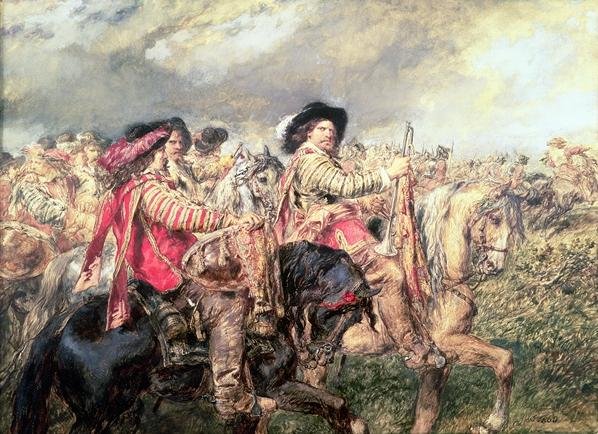
- The Grey Lady of Glamis Castle, Scotland (17th century): This spirit is believed to appear on the anniversary of her being walled up alive in the castle. Although the exact date is unknown, the haunting is closely linked to this tragic event.
A Fascinating Temporal Puzzle
These hauntings, along with many others reported across the UK, present a fascinating temporal puzzle. If these phenomena are indeed tied to specific calendar dates, shouldn’t they now occur 11 days later than their traditional dates? This question leads us down a path of intriguing possibilities and further inquiries.
As we analyse reports of these hauntings, we find no clear evidence of a date shift post-1752. This lack of change is perplexing. If the hauntings haven’t shifted, what might this imply about the nature of these phenomena? Are they perhaps connected to some cosmic or natural cycle independent of human calendar systems?
The situation becomes even more intriguing when we consider the possibility of “double hauntings.” Could spectral events happen on both the original Julian date and the adjusted Gregorian date? Documenting such occurrences would add another layer of complexity to our understanding of anniversary hauntings.
Implications for Paranormal Research
This calendar conundrum presents both challenges and opportunities for paranormal research. It offers a unique way to test the consistency of long-reported anniversary hauntings. By carefully documenting the dates of reported phenomena and comparing them to historical records, researchers might uncover patterns that have previously gone unnoticed.
Moreover, this paradox raises important questions about whether paranormal phenomena are bound by human constructs of time or operate on an entirely different system. Are ghosts and other spectral entities anchored to our understanding of dates and time, or do they exist in a realm where such constructs are irrelevant?
The importance of considering historical context in paranormal investigations cannot be overstated. The calendar shift serves as a stark reminder that our concept of time and date has not been constant throughout history. This realization encourages us to approach historical hauntings with a more nuanced perspective, taking into account the social and cultural contexts of different eras.
A New Approach for Ghost Hunters
In light of this temporal paradox, paranormal researchers and ghost hunters might consider adjusting their investigation strategies. When planning investigations around anniversary dates, it could be beneficial to consider both the traditional date and the date adjusted for the calendar change. This approach might yield intriguing results and potentially new insights into the nature of anniversary hauntings.
Exploring Alternative Theories
As we grapple with this paradox, it’s worth exploring alternative theories that might explain the apparent consistency of anniversary hauntings despite the calendar change. One possibility is that these phenomena are tied to geographical or astronomical factors rather than specific calendar dates. For instance, could they be influenced by the Earth’s position relative to the sun or moon at certain times of the year?
Another theory suggests that the emotional and psychological impact of significant events creates a kind of “psychic imprint” on a location. This imprint might be triggered by factors such as light levels, temperature, or other environmental conditions that occur around the same time each year, regardless of the specific calendar date.
We might also consider the role of collective belief and expectation in shaping paranormal experiences. If people expect to witness ghostly phenomena on a particular date, could this expectation somehow manifest the experience? This theory touches on the complex relationship between human consciousness and reported paranormal activity.
The Role of Scepticism and Critical Thinking
While exploring these possibilities, it’s crucial to maintain a balanced and critical approach. Sceptics might argue that the lack of date shift in reported hauntings after the calendar change is evidence against the validity of anniversary hauntings altogether. They might suggest that these reports are more likely the result of folklore, misinterpretation of natural phenomena, or even deliberate hoaxes.
However, dismissing all reports outright would be an oversimplification. The persistence of these accounts across centuries and cultures suggests that there is something compelling about the idea of anniversary hauntings, even if their true nature remains elusive.
Conclusion
The intersection of calendar changes and anniversary hauntings presents a fascinating paradox that challenges our understanding of paranormal phenomena. While it doesn’t disprove the existence of such hauntings, it does raise significant questions about their nature and our interpretation of them.
As we continue to explore and document paranormal experiences, it’s crucial to consider factors like historical changes in timekeeping. This not only adds depth to our investigations but also encourages a more critical and nuanced approach to paranormal research.
The temporal paradox of anniversary hauntings serves as a reminder of the complex interplay between history, human perception, and the unexplained phenomena that continue to captivate our imagination. It challenges us to think beyond conventional explanations and to consider the broader implications of how we measure and experience time in relation to the paranormal.
Whether one believes in ghosts or not, this puzzle invites us to approach the unexplained with both curiosity and critical thinking. It reminds us that in the realm of the paranormal, as in many areas of life, the questions we ask can be just as illuminating as the answers we seek.
References
- Duncan, D. E. (1998). Calendar: Humanity’s Epic Struggle to Determine a True and Accurate Year. Avon Books.
- Regal, B. (2009). Pseudoscience: A Critical Encyclopedia. Greenwood Press.
- Guiley, R. E. (2007). The Encyclopedia of Ghosts and Spirits. Facts on File.
- Davies, O. (2007). The Haunted: A Social History of Ghosts. Palgrave Macmillan.
- Wiseman, R. (2011). Paranormality: Why We See What Isn’t There. Macmillan.
- Steel, D. (2000). Marking Time: The Epic Quest to Invent the Perfect Calendar. John Wiley & Sons.
- Clarke, R. (2012). A Natural History of Ghosts: 500 Years of Hunting for Proof. Penguin Books.

